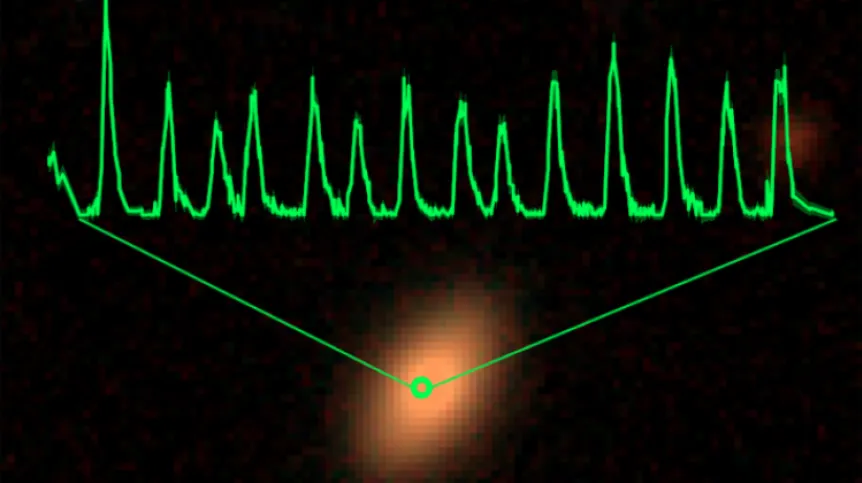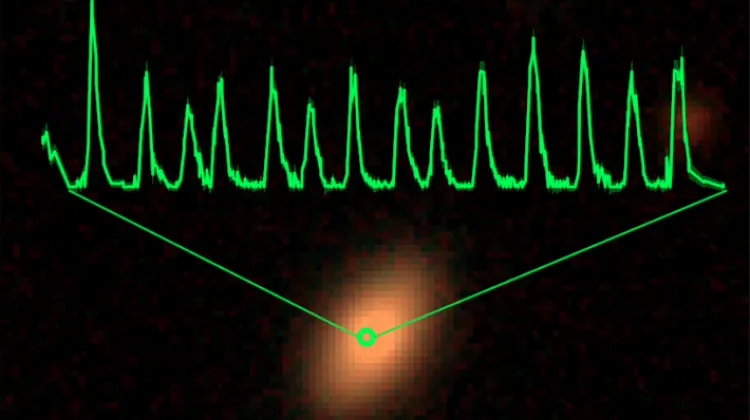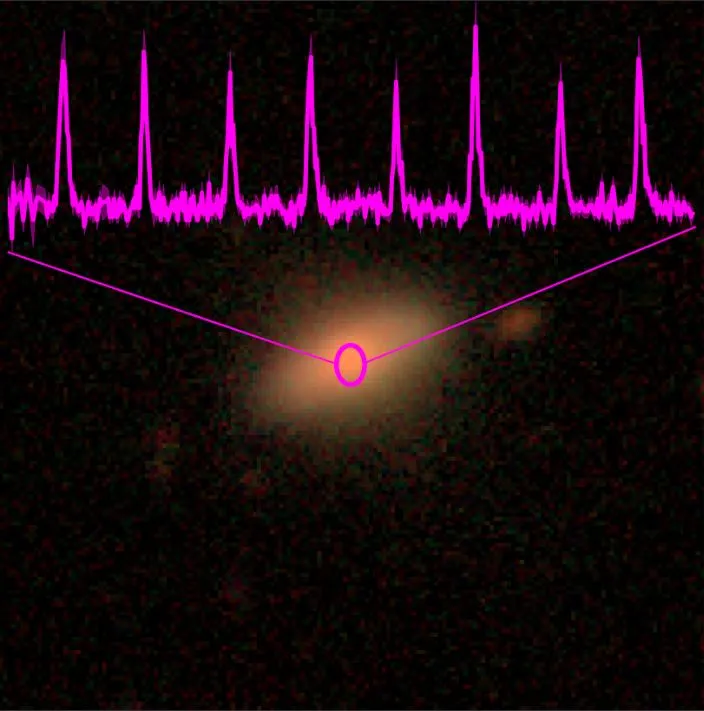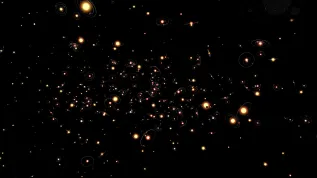
An international team of astronomers have discovered recurring X-ray explosions in the nuclei of two galaxies which previously showed no signs of activity.
During a routine survey of the centres of the two galaxies, the X-ray telescope eROSITA found unusual objects with enormous sharp pulses in their X-ray emissions occurring every few hours.
The energy emitted is comparable to the total energy generated by their parent galaxies.
In the centre of almost every galaxy there is a supermassive black hole. In the case of galaxies similar to our Milky Way, the masses of these black holes range from several hundred thousand to several million solar masses. For comparison, the mass of the black hole in the Milky Way is five million solar masses.
Supermassive black holes do not emit any light and are normally identified by the behaviour of stars and matter in their immediate vicinity. There are also galaxies with significantly more massive black holes (they can reach even hundreds of millions of solar masses). They are surrounded by disks of matter, the internal areas of which are warmed up to huge temperatures and emit enormous amounts of radiation, often a few times greater than all stars in a given galaxy. Such objects are called quasars or active galactic nuclei (AGN). These are the brightest objects in the Universe.
The newly discovered phenomena was confirmed by two other telescopes, the XMM-Newton and NICER. In this case, the galaxies from which the impulses originate are quiescent and did not show any variability associated with the absorption of matter by supermasitive black holes. These are completely normal galaxies, similar to our Milky Way.
The researchers said: “The cause of these phenomena is not fully understood. In this case, we can certainly reject an explanation requiring the presence of an accretion disk. The most likely cause of this pseudo-periodic variation is the presence of a star with a significantly prolonged orbit near the supermassive black hole.”
When the star is closest to the black hole, some of its atmosphere is torn off by huge gravity and then consumed. Further observations and theoretical research of these objects will confirm or reject the proposed scenario and understand the mechanisms of activating black holes in typical galaxies.
A paper on the subject was published in Nature (https://www.nature.com/articles/S41586-021-03394-6). The lead author is Riccardo Acordia, PhD student at the Max Planck Institute for Extraterrestrial Physics (MPE).
Dr. Mariusz Gromadzki, an astronomer from the Astronomical Observatory of the University of Warsaw, dealt with the development of the objects' optical spectra obtained by the 10-meter SALT Telescope, located in South Africa. These spectra made it possible to determine the distance to the galaxies and estimate energy emitted during these phenomena.
PAP - Science in Poland
agt/ kap/
tr. RL
Gallery (2 images)
-
 1/2Optical image of the first galaxy found with quasi-periodic eruptions in the eROSITA all-sky data. The NICER X-ray light-curve is overlayed in green. The galaxy was identified as 2MASS 02314715-1020112 at a redshift of z~0.05. About 18.5 hours pass between the peaks of the X-ray outbursts. Credit: MPE; optical image: DESI Legacy Imaging Surveys/D. Lang (Perimeter Institute)
1/2Optical image of the first galaxy found with quasi-periodic eruptions in the eROSITA all-sky data. The NICER X-ray light-curve is overlayed in green. The galaxy was identified as 2MASS 02314715-1020112 at a redshift of z~0.05. About 18.5 hours pass between the peaks of the X-ray outbursts. Credit: MPE; optical image: DESI Legacy Imaging Surveys/D. Lang (Perimeter Institute) -
 2/2Optical image of the second galaxy found with quasi-periodic eruptions in the eROSITA all-sky data. The XMM-Newton X-ray light-curve is overlayed in magenta. The galaxy was identified as 2MASX J02344872-4419325 at a redshift of z~0.02. This source shows much narrower and more frequent eruptions, approximately every 2.4 hours. Credit: MPE; optical image: DESI Legacy Imaging Surveys/D. Lang (Perimeter Institute)
2/2Optical image of the second galaxy found with quasi-periodic eruptions in the eROSITA all-sky data. The XMM-Newton X-ray light-curve is overlayed in magenta. The galaxy was identified as 2MASX J02344872-4419325 at a redshift of z~0.02. This source shows much narrower and more frequent eruptions, approximately every 2.4 hours. Credit: MPE; optical image: DESI Legacy Imaging Surveys/D. Lang (Perimeter Institute)













